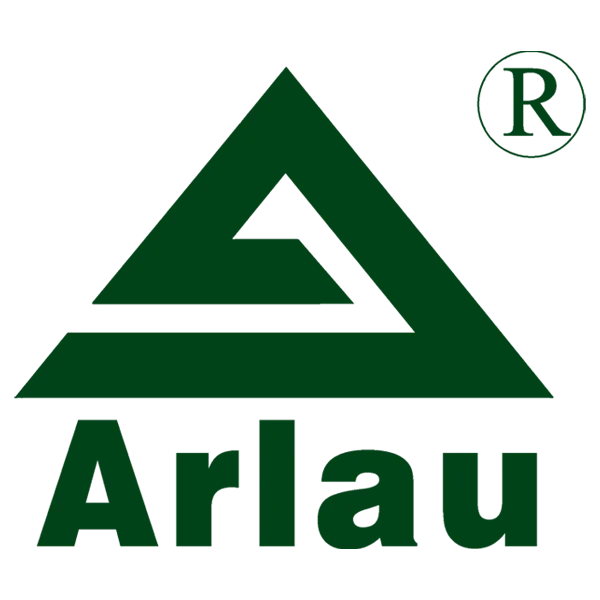Arlau custom outdoor furniture manufacturer for 20+ years.
Extending the Life of Your Dog's Toys: Care Tips for Keeping Them Fun
Dogs love toys, and it's easy to see why. They come in different shapes, sizes, and materials, providing endless entertainment and mental stimulation. But have you ever noticed how quickly your dog can wear out a favorite toy? Toys can break, get lost, or become less interesting over time. Regularly rotating and caring for your dog's toys can help keep them engaged and happy. In this guide, we'll dive into the best practices for extending the life of your dog's toys.
Why Regular Cleaning is Key
Regular cleaning is not just about keeping your home tidy; it's crucial for maintaining your dog's health and the longevity of their toys. Dirty toys can harbor bacteria and fungi, which can lead to skin irritations and infections. Plus, clean toys are more enjoyable and safer for your furry friend.
Practical Tips for Cleaning: - Water Rinse: For most toys, a simple rinse under running water can remove dirt and leftover food. - Sanitizers: Use pet-safe sanitizers to disinfect toys, especially if they have been chewed or rubbed on the ground. - Natural Solutions: Vinegar and baking soda can be effective natural cleaning agents. A mixture of water and white vinegar can help break down grime, while baking soda can neutralize odors.
By keeping your dog's toys clean, you ensure they remain safe and fun for your pet, reducing the risk of health issues and keeping your home smelling fresh.
Choosing the Right Storage Solution
Proper storage is essential for protecting your dog's toys and maintaining their condition. Here are some storage solutions you might consider:
Toy Boxes: - Pros: Keep toys organized and out of sight, making it easier to select new toys. - Cons: Can be heavy and large, and some dogs may knock them over.
Baskets: - Pros: Lightweight and easy to move, and can double as a stylish addition to your living room. - Cons: Less organized and more prone to spilling toys around.
Hanging Shelving: - Pros: Keeps toys off the floor and easily accessible, and can be a decorative feature. - Cons: May require installation and can be more expensive than other options.
By choosing the right storage solution, you can keep your dog's toys in good condition and make it easy to find new toys to give your pet plenty of fun and stimulation.
Understanding Different Toy Materials
Different materials used in dog toys come with their own sets of benefits and risks. Understanding these differences can help you make better-informed choices.
Plastic Toys: - Pros: Durable and lightweight, often come with added features like squeakers. - Cons: Can break easily and some plastics are not safe for chewing.
Nylabones: - Pros: Highly durable, easy to clean, and often made from more natural materials. - Cons: Can be too hard for some dogs and may break teeth.
Bulky Chew Toys: - Pros: Great for large breeds and provide more surface area for chewing. - Cons: Can be more expensive and might not be safe for smaller dogs.
By choosing the right material based on your dog’s needs and preferences, you can ensure their toys are safe and enjoyable for longer.
Rotating Toys Regularly
Rotation is key to keeping your dog engaged and interested in their toys. Supplying a variety of toys can prevent boredom and provide different forms of entertainment.
Practical Methods for Rotation: - Schedule Changes: Plan a weekly rotation, switching out toys for a few new ones. - Group Playtime: Have a specific time each day for playtime, allowing your dog to choose a different toy each session. - Hide and Seek: Trick your dog into discovering new toys by hiding them in different parts of the house.
Rotating toys can significantly enhance your dog’s playtime, making it more enriching and fulfilling.
Fixing and Repurposing Damaged Toys
Even the toughest toys can wear out over time. Knowing how to fix them can extend their lifespan and save you money in the long run.
Simple Techniques for Repair: - Seam Repair: Use a strong thread and needle to sew broken seams. - Replacing Parts: Replace loose or broken squeakers with new ones. - Gluing: Use a pet-safe glue to mend cracked toys.
Repairing toys not only extends their life but also keeps your dog safer by eliminating potential hazards. Here’s a quick guide: 1. Identify the Problem: Check for loose parts or broken seams. 2. Prepare the Tools: Gather pet-safe glue, a needle and thread, and replacements if necessary. 3. Fix the Toy: Replace loose parts, sew seams, or glue cracks.
By keeping these simple repair techniques in mind, you can keep your dog’s toys in good shape and ensure they remain a source of joy and enrichment.
Improving Your Dog's Toy Experience
Taking care of your dog's toys is an essential part of being a responsible pet owner. By following these tips, you can ensure your dog’s toys remain clean, safe, and enjoyable. Regular cleaning, proper storage, choosing the right materials, rotating toys, and fixing them when needed can all contribute to a happier, more engaged dog.
Embrace these care tips and watch your dog’s playtime become even more fun and exciting. Your furry friend will thank you!
![]() Tel: 0086-180 8300 0250
Tel: 0086-180 8300 0250
![]() Email: zy@arlau.com
Email: zy@arlau.com
![]() Mobile/WhatsApp: +86 180 8300 0250
Mobile/WhatsApp: +86 180 8300 0250
![]() Company Address: 410, Building A, International Student Entrepreneurship Park, No. 77 Kecheng Road
Company Address: 410, Building A, International Student Entrepreneurship Park, No. 77 Kecheng Road
![]()





